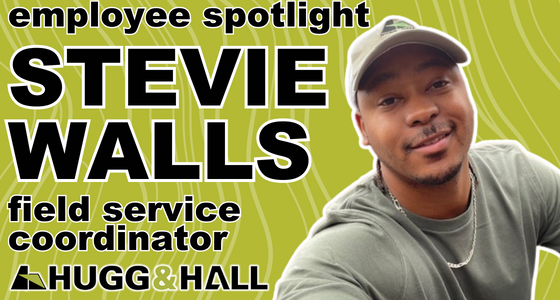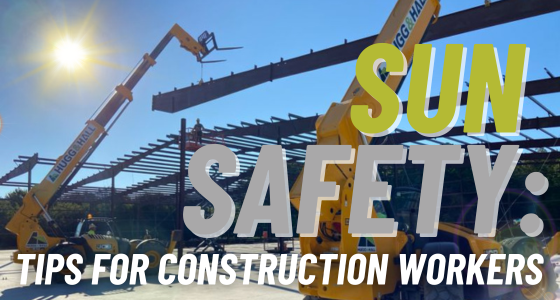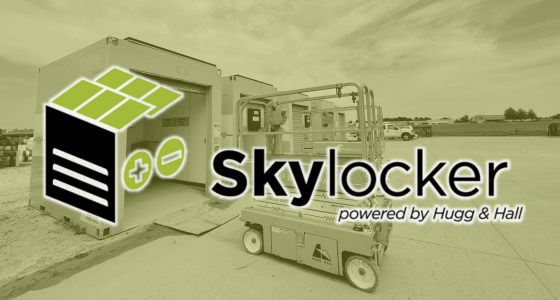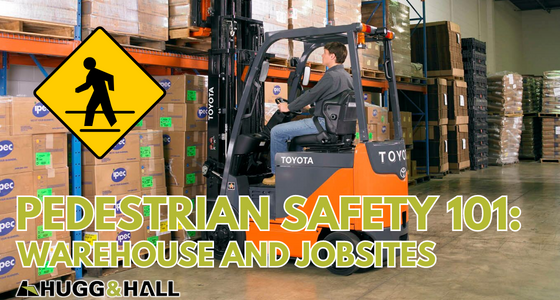
Employee Spotlight: Stevie Walls
Meet Stevie Walls, Field Service Coordinator in Little Rock, AR! Stevie's Experiences at Hugg &...

Meet Stevie Walls, Field Service Coordinator in Little Rock, AR! Stevie's Experiences at Hugg &...

For construction workers, sun protection is an often-overlooked part of workplace safety. Sun safety gets...

Are you ready for a revolutionized rental experience? Meet Skylocker! What is Skylocker? Skylocker is...

Imagine: you're finishing up a shift in a warehouse or on a construction site. You're...